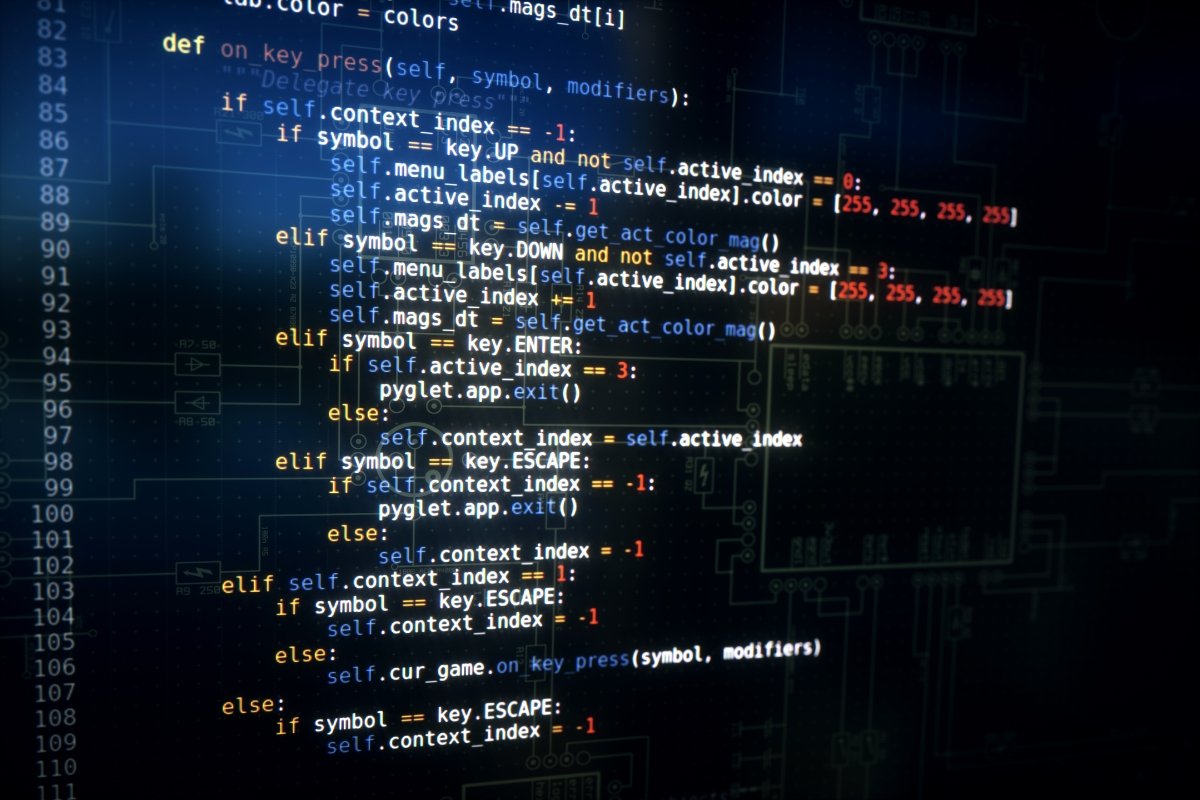Discover the key differences between discrete vs continuous data with real-life examples. Learn how to identify, measure, and visualize both data types easily.
Table of Contents
What Is Discrete and Continuous Data?
If you are just starting out with statistics or data science, you have probably heard terms like discrete data and continuous data being thrown around. I get it it can be confusing at first. But stick with me here, and I will make it simple.
Both types fall under numerical data (also called quantitative data), but they behave very differently. And understanding them helps you make the right decision when analyzing, visualizing, or collecting data.
Read More Safe Reinforcement Learning in 2025 Using Advantage-Based Intervention (SAILOR) Explained for You
What Is Discrete Data?
Think of discrete data as stuff you can count. Not measure count. Discrete data can only take specific values, usually whole numbers or fixed decimals. That means there are clear gaps between values.
For example, you can have 30 students in a class. You can have 31. But you can’t have 30.5 students unless someone’s bringing a half-human, and I doubt that’s happening in your school!
Key Features of Discrete Data:
- Only finite or countable values
- No in-between values just whole numbers or fixed increments
- Usually doesn’t change over time
- Best visualized with bar charts or pie charts
- Data is counted, not measured
Examples of Discrete Data
Here are some common examples of discrete data that you will probably run into, either in your studies or daily life:
- Number of students in a class
- Number of tires on a car
- Shoe sizes (like 7, 7.5, 8 – fixed, not infinitely variable)
- Number of pets in a household
- Goals scored in a soccer match
All of these involve counting items not using a measuring tool.
What Is Continuous Data?
Now let’s flip it. Continuous data is all about measurement. It can take any value in a given range, including fractions and decimals.
Take weight, for example. You might weigh 150 lbs, or 150.5 lbs, or even 150.75 lbs. There’s no limit to how precise you can get just depends on your scale.
Key Features of Continuous Data:
- Infinite values within a range
- No gaps between values
- Usually changes over time
- Best visualized with histograms or line graphs
- Data is measured, not counted
Examples of Continuous Data
These are real-life things that require measuring rather than counting:
- Weight of students in a class (like 45.3 kg or 61.25 kg)
- Height of a person (measured in inches or cm)
- Time taken to complete a task (like 3.45 seconds)
- Temperature readings
- Length of an object
Notice how you can’t “count” time or weight you need a tool or instrument to measure them.
Read More A Deep Reinforcement Learning Framework That Just Works in 2025 Powering Robot-Agnostic Locomotion
Difference Between Discrete and Continuous Data
Let’s break it down clearly so you never confuse them again:
| Basis | Discrete Data | Continuous Data |
|---|---|---|
| Meaning | Specific, separate values | Any value in a continuous range |
| Precision | Fixed — cannot be made more precise | Can be made more precise by measuring finer |
| Nature | Counted | Measured |
| Examples | No. of students, shoe sizes, number of pets | Weight, height, time, temperature |
| Graph Type | Bar chart, pie chart | Histogram, line chart |
| Changes Over Time | Rarely | Frequently |
FAQ Discrete vs Continuous Data
Q. Is age discrete or continuous?
Ans. It depends. If you say someone is 25 years old, you are using discrete. But if you track age in months or days (25.5 years), it becomes continuous.
Q. Can shoe sizes be continuous?
Ans. In most cases, shoe sizes are discrete. They jump in fixed intervals (e.g., 7, 7.5, 8). Even if decimals are involved, they are predefined, not infinitely variable.
Q. Why is discrete data counted, not measured?
Ans. Because it deals with exact values like 1, 2, 3 not continuous scales. You count books on a shelf you don’t measure them.
Q. How do I know if data is continuous or discrete?
Ans. Ask yourself Can I count it, or do I need a measuring tool? If it’s measured like weight or time it’s continuous. If you can tally it, it’s discrete.
Conclusion
Understanding the difference between discrete and continuous data is not just some dry stats class thing. It helps you use the right tools, graphs, and even algorithms when you are analyzing data. whether you are a student, a data scientist, or someone who just loves digging into the numbers.
If you are new to data analysis, remember this:
- Discrete = Count it
- Continuous = Measure it
I hope this guide made things super clear for you. Got a question? Drop it in the comments I love helping out. And if this helped, don’t forget to check out other posts on the blog or subscribe to stay updated!





Pingback: AI on Human Rights in 2025 A Double-Edged Sword in the Digital Age - Pickn Reviews